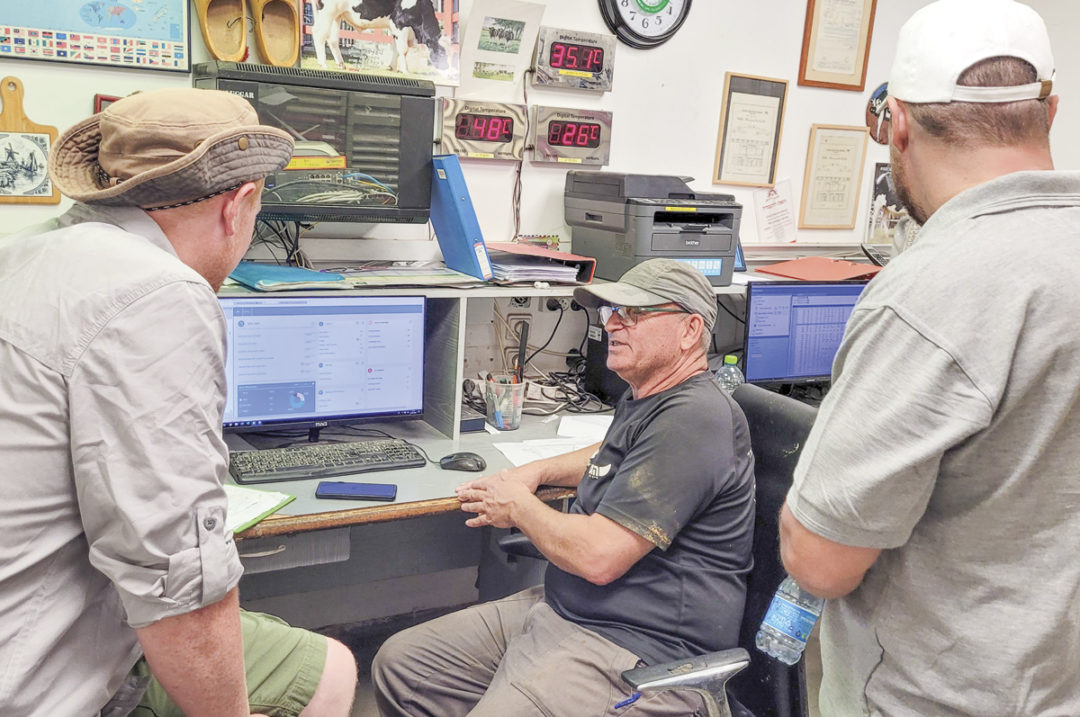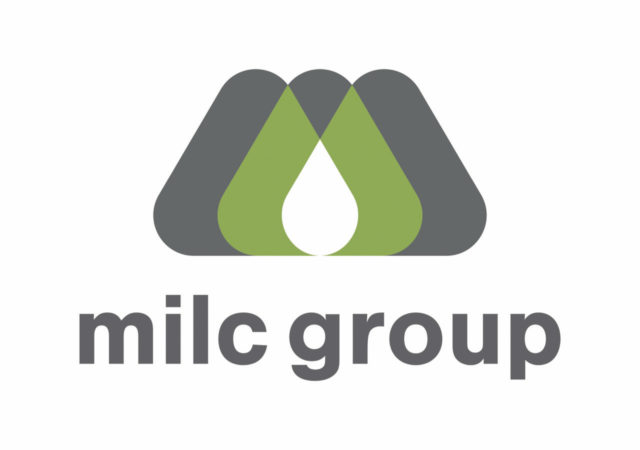What do tourists using Google Maps have in common with dairy farmers? Both are using technology that relies on data.
After many years of experience, I realized the importance of data in managing modern dairy farms. The continuous flow of information from Google Maps and dairy herd management systems gives us the tools to make better decisions. They also help us reach destinations more quickly and efficiently.
This has not always been the case. Not too many years ago, we used road maps for navigation. Today, apps help most of us get around and manage nearly every aspect of our daily lives. Though the adaptation took time, adopting new technology has happened for most travelers.
The same thing is happening on dairy farms.
As commercial dairy farms become larger, managers lose the ability to monitor each cow individually. But the need to “see” and “know” each animal personally, as in days gone by, has not vanished. Today's dairy software options provide a useful substitute and enable us to do more than ever, all from the comfort of home or while on the road.
There is no doubt that traditional dairy farming as we know it is disappearing. In a recently conducted survey, participants estimated that half of the small family farms operating today will close within the next 10 years. The prevailing belief is that only large and profitable farms will survive.
The key to staying in business is efficiency, with an emphasis on cow spacing and barn profitability. So, how do you do that?
Fortunately, technology to help manage the herd is readily available and affordable. Modern barns use data-based technologies to ensure that they operate efficiently and profitably. Take heart if this sounds overwhelming. In the same way that navigation programming became second nature to us, dairy management software will become second nature as we use it every day.
Ultimately, the information we collect and use is a tremendous advantage. After all, knowledge is power.
'The sooner the better' is always the best answer for data collection
What kind of information are we able to acquire today with high reliability? We collect information about cow activity by monitoring movement with a pedometer, neck tag or eartag. We collect parameters related to rest and milking times, temperature, calving time and location within the barn. Other data points include milk yield, composition, cell count and cow weight. Looking to the future, there are also programs being developed to improve sustainability and reduce a farm’s carbon footprint.
Technology and sensors are available from many companies. Consider these to be medium- and long-term investments since it can take several years to see returns.
In my home country of Israel, information heavily influences a dairy farmer’s decision-making process. Sensors monitor more than 98% of dairy farms here. Most information flows to a central system that makes decisions based on geography.
What does an information-based work routine look like? As a first rule, the dairy manager trusts the reliability of the information he receives. The manager is like a pilot who trusts flight data that is presented to fly a plane.
We activate automation based on the information we gather. Existing automation at the milking parlor and the sorting gate identifies cows that need individual attention and directs them to the treatment area. This technology can provide early warnings about udder infections and metabolic diseases. The idea is to single out any cow whose behavior deviates from the norm.
From a pedometer to a milk meter, data will help you manage the herd
Having reliable and current data about milk quality, somatic cells, protein and fat enables us to detect an udder infection in its early stages. If we use a sensor for each quarter of the udder, it is possible to identify and treat the infected quarter quickly and efficiently. We can also predict the development of various metabolic diseases based on milk protein and fat ratios. As we all know, early detection can save a great deal of money.
How do pedometers help manage cows? Based on the information that continuously flows from each cow, pedometers enable us to maximize conception rates by identifying the exact time for insemination. These same sensors provide information about cow health, foot health, lameness and quality of life – an increasing concern among consumers. Because of this information, we can optimize our treatment of each cow and treat her as an individual.
How does technology help with feeding?
The composition of a quality ration is also based on information. Changes in the price and availability of ration ingredients regularly challenges nutritionists. In Israel, current information about the changes in raw materials allows us to balance price, availability and nutrition while maximizing the dairy farm's profitability.
Technology allows us to go a step further. Once we have built an optimal ration, we can analyze feeding time and monitor each cow's rumination activity. Whenever we observe a deviation from the standard, we know we have a problem that needs to be addressed.
So, should we look at the computer and not the cows?
Absolutely not. The day-to-day work of effectively managing the herd is done through a combination of visiting the barn and analyzing the data. We start each morning by checking alerts for abnormalities and then taking a preliminary tour of the barn. We examine every cow considered "abnormal" and closely monitor the condition of pre-fresh cows.
Technology is here to stay. Farm managers who have mastered the art of using it are already improving the performance of their dairies. I highly recommend that every dairy farmer learn to adopt existing technology to maximize dairy profits and enhance the efficiency of the dairy farm.








